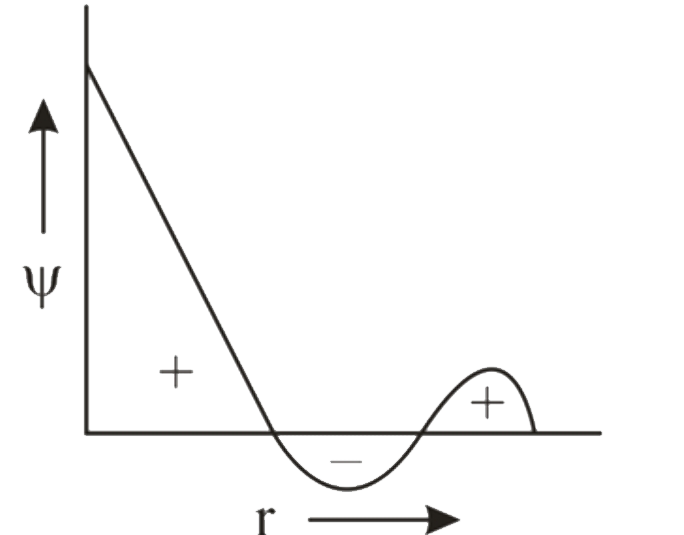Angular wave function of Px orbital is : (Given : 0 is angle from z-axis)
(34π)1/2sin 0 sinϕ
(34π)1/2sin 0 cosϕ
(34π)1/2cos0
(154π)1/2sin 0 cos0cosϕ
The correct Answer is:B
Step by step video, text & image solution for Angular wave function of P_(x) orbital is : (Given : 0 is angle from z-axis) by Chemistry experts to help you in doubts & scoring excellent marks in Class 11 exams.
Updated on:21/07/2023Topper's Solved these Questions
- ATOMIC STRUCTUREBook:GRB PUBLICATIONChapter:ATOMIC STRUCTUREExercise:Reasoning Type
Explore 11 Videos
- ATOMIC STRUCTUREBook:GRB PUBLICATIONChapter:ATOMIC STRUCTUREExercise:Multiple Objective Type
Explore 49 Videos
- ATOMIC STRUCTUREBook:GRB PUBLICATIONChapter:ATOMIC STRUCTUREExercise:de Brogile and Heisenberg
Explore 43 Videos
- CHEMICAL EQUILIBRIUMBook:GRB PUBLICATIONChapter:CHEMICAL EQUILIBRIUMExercise:D.Le Chateliera principle
Explore 16 Videos
Similar Questions
Knowledge Check
Angular distribution functions of all orbitals have:
Al nodal surfacesB(l-1) nodal surfaceC(n+l) nodal surfacesD(n-l-1) nodal surfaces.Wave function of an orbital is plotted against the distance from nucleus

The graphical representation is ofA3pB2sC2pD3sThe angular momentum of an electron in an orbital is given as:
AL=n(n2π)BL=l(h2π)CL=√l(l+1)(h2π)DL=m(h2π)
The angular momentum of an in a orbital is given as …………
View SolutionA wave function for an atomic orbital is given as Ψ2,1,0 Recogine the orbital
View SolutionThe wave function of an orbital is represented as ψ4,2,0. The azimuthal quantum number of that orbital is
View SolutionLabel the molecular orbitals formed by the following combinations of atomic orbitals (Assume z - axis as internuclear axis):
(i) 2s+2s
(ii) 2px−2px
(iii) 2pz+2pz
(iv) 1s−1s
(v) 2py+2py.
View Solutionpx orbital , is symetrical about x -axis
View Solution


